Adapt Stone Age knowledge to your diet
Stone Age Diet
During the Stone Age, the diet consisted of berries, fruits, vegetables, root vegetables, fish, eggs and wild meat. People lived close to the nature and were healthy. But then, people began cultivating the land and were getting farm animals. This meant that the eating habits changed and that milk, grain, corn, beans, lentils and peas became the ingredients in the everyday meal. Today, these very same ingredients are causing people health problems.
The New Stone Age Diet
It’s not necessary to follow a strict Stone Age Diet to stay healthy. If we find out what is bad with the way we eat today and how we can correct it, we can come to a middle ground and still be just as healthy. Let’s talk about the food products that we have added into our diet since the Stone Age: milk, grain/corn, beans, lentils and peas.
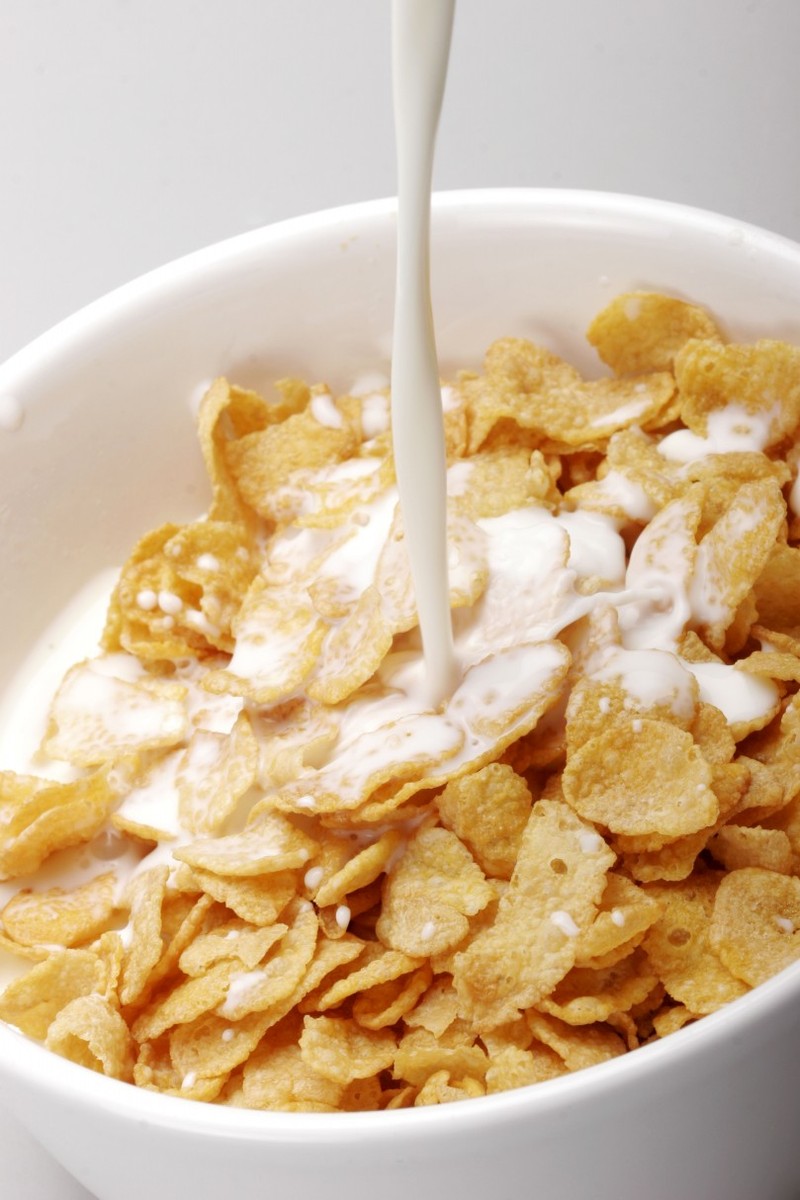 Milk
Milk
Followers of a strict Stone Age diet don’t drink any milk at all, but milk is very nutritious and is also rich in protein and calcium which help build the muscles. One glass of milk provides nutrients that a child needs daily. But not everyone can drink milk because it causes problems such as colic, cramps and diarrhea. It has also been said that milk is connected to other illnesses such as iron deficiency anemia and allergies. If you don’t have any problems with milk than continue with your milk intake, but do it moderately, or try soy milk. Soy milk is high in protein, and because it is made from beans it also contains considerably more fiber than cow’s milk.
Grain/Corn
Followers of a strict Stone Age diet don’t eat any grain/corn at all, but it’s more important that you eat the healthier whole grain than skipping it all together. If you have too much of the grain/corn in your diet your carbohydrate level will be high. Other problem with eating grain/corn is the gluten which many people suffer from. To minimize the side effects, you should eat moderate amount of whole grain instead, or if you have problem with gluten, try gluten free products. Whole grain is very nutritious and has a low GI, which is good for your blood level. Another benefit with whole grain is that your stomach will feel full for a longer period of time.
Beans, Lentils, Peas
Beans, lentils and peas are not included in a strict Stone Age Diet, but these food products are good for you. They contain proteins, fibers and carbohydrate with a low Glycemic Index (GI). You don’t have to exclude beans, lentils and peas from your diet if you make sure that you prepare and cook them the right way.
Now we know how to correct some of our “new” eating habits. Let’s continue our path to a healthier life style by finding out why we should eat more of the food products that were on the menu during the Stone Age.
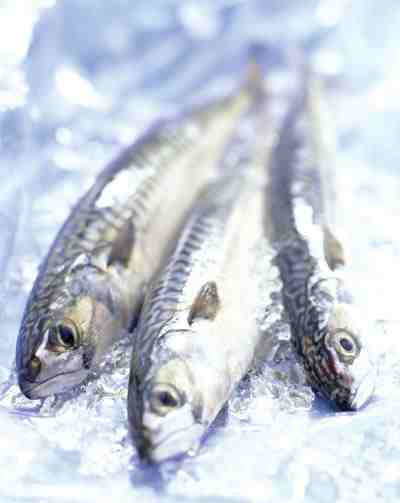 Fish
Fish
Fish has always been important to the human diet and was very appreciated during the Stone Age. Fish is a great source of protein, vitamins and nutrients. It contains a lot of the healthy omega 3 which has many positive effects on the brain and heart. According to studies, you may prevent cardiovascular diseases if you eat a lot of fish.
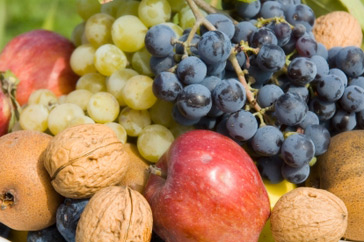 Berries
Berries
During the Stone Age, people lived very close with the nature and ate whatever the nature supplied them with and berries were one of the earth’s many wonders. Berries are amongst the healthiest you can eat because they are filled with vitamin C and antioxidants. Eat as much berries as you can.
Fruit
Fruit was also offered by the nature and was very much enjoyed during the Stone Age. Fruit contains carbohydrate, vitamins, minerals and a lot of antioxidants. Don’t peal the fruit because the peal contains most of the nutrition.
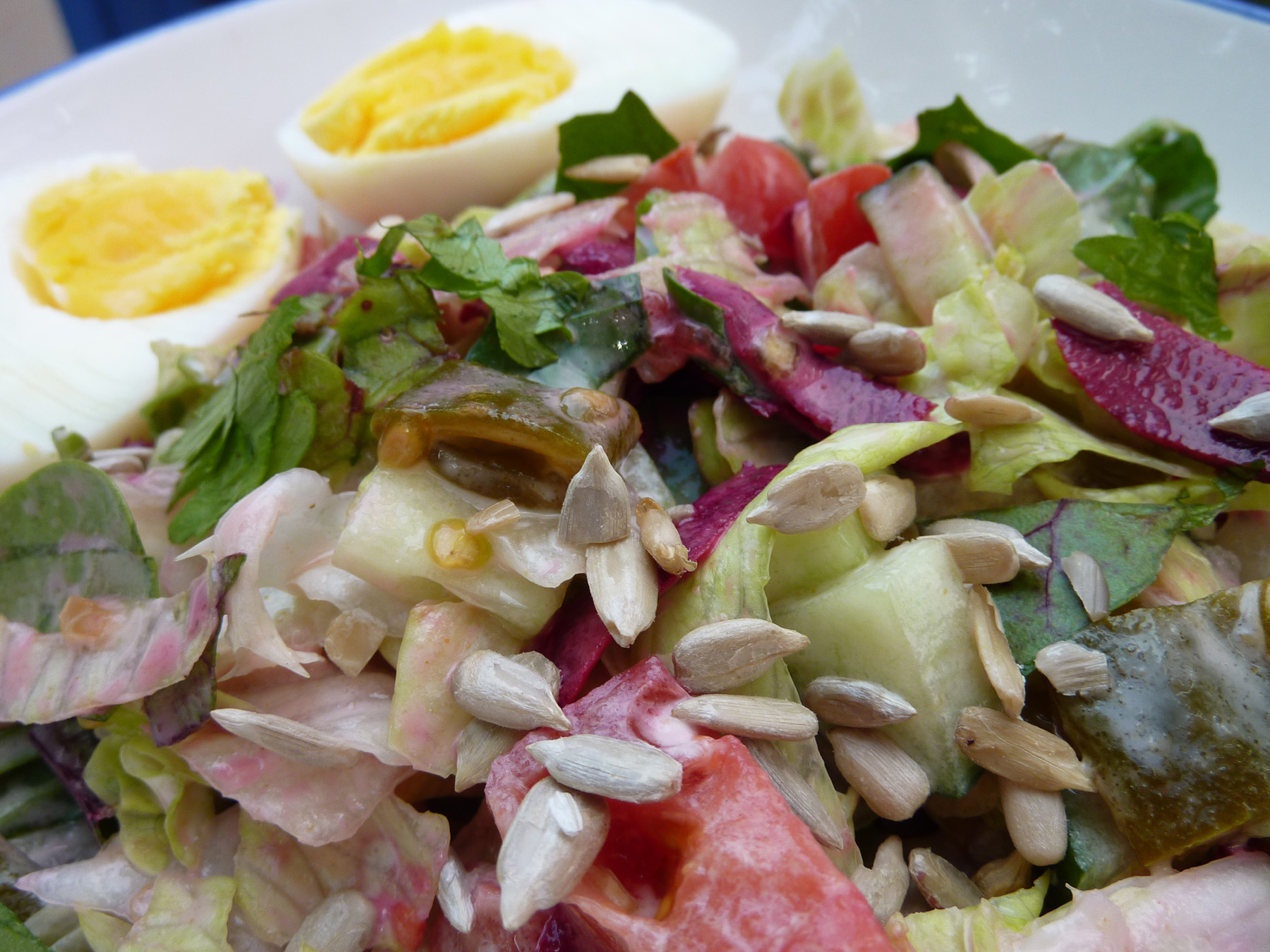 Leaf
Leaf
Salads and other kinds of leafs, such as spinach, contain a lot of antioxidants, vitamins and minerals. Something to be aware of is that the more colorful your salad is the healthier it is.
Eggs
The human race has always eaten all kinds of eggs. Eggs have a lot of proteins. One egg provides about 10% of the daily protein needs where half of the protein in an egg comes from the egg white, while the other half from the egg yolk. The calories provided from eggs contain variety of important nutrients, so the calories you get from eggs are “good” calories and not “empty” calories that you find in snacks. If you eat eggs you will also get a lot of Carotenoids that are excellent antioxidants and protect the eyes from free radical damage originating from ultraviolet rays of the sun. Eggs are an important source of vitamin E and they are rich in folate, iodine and selenium. Eggs also contain iron and zinc.
Onions
Onions are one of the healthiest plants and can protect you against heart- and cardiovascular diseases, cancer and asthma. You can choose any kind of onion, they are all good, but don’t overcook them or all the good qualities will go wasted.
Root vegetables
Root vegetables are low in calories and have virtually no fat. They contain fiber and some root vegetables also provide vitamin C, potassium, folate and iron. The deeper the root vegetable’s color, the more it contains antioxidants. Health problems such as heart disease, macular degeneration, diabetes and cancer, are all contributed by oxidative damage and can be prevented with antioxidants in root vegetables. Purple potatoes are loaded with anthocyanins, pigments that act as antioxidants. Carrots are well known for their beta carotene (which forms vitamin A) and ruby red beets deliver phytochemicals that is good for the liver. Root fruits contain some amount of poison, but this is destroyed when you cook them.
Mushrooms
It is believed that people ate mushrooms at times during the Stone Age. They are low in fat and high in fibre. Mushrooms are rich in B vitamins, selenium and they are a powerful antioxidant.
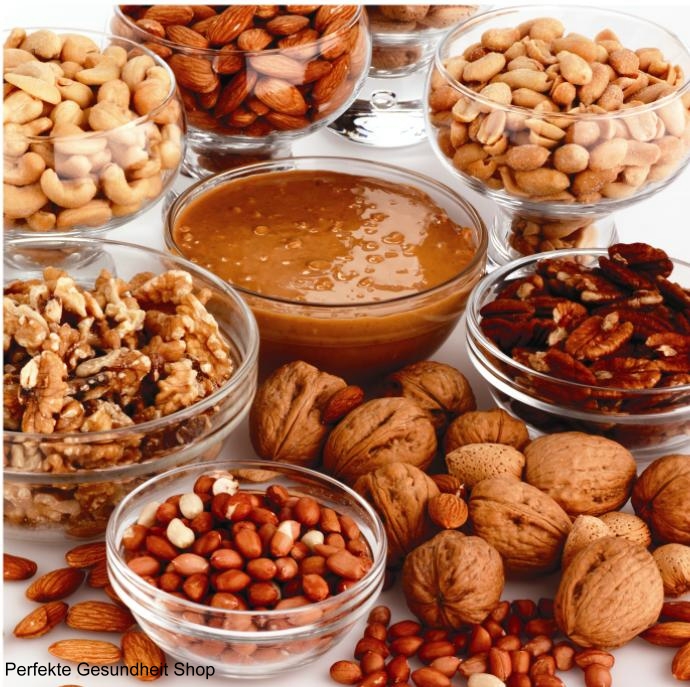 Nuts
Nuts
Nuts contain proteins, carbohydrates, vitamins and minerals. They also contain unsaturated fatty acids, which is a healthy type of fat. Nuts are very good for your heart since it lowers the cholesterol level in the blood and reduces the risk of developing blood clots that can cause a fatal heart attack. Nuts are simply the perfect snack.
Red meat
The scientists believe that people during the Stone Age only ate red meat on occasions. Red meat contains a lot of iron and protein and is good if you suffer from iron deficiency. If you don’t suffer from iron deficiency, you shouldn’t eat red meat more than a couple of times a week. If you suffer from heart- or cardiovascular problems, rheumatoid arthritis or cancer you should not eat red meat at all.
-
Advertisement

 Facebook
Facebook  Twitter
Twitter  RSS
RSS







